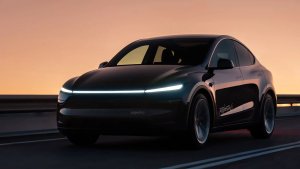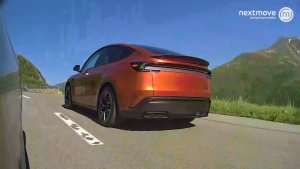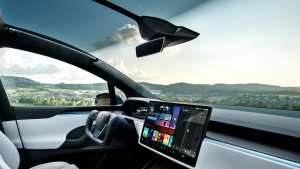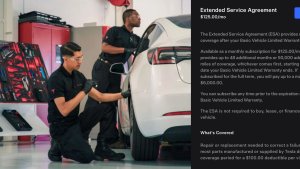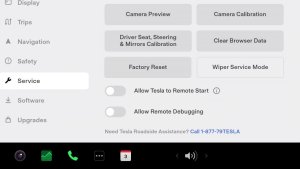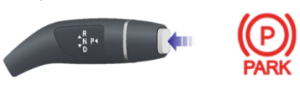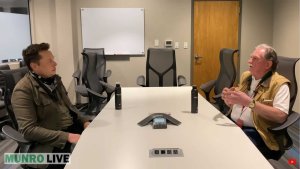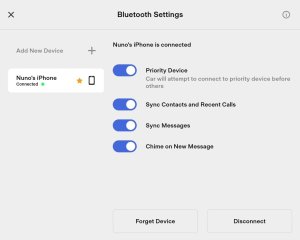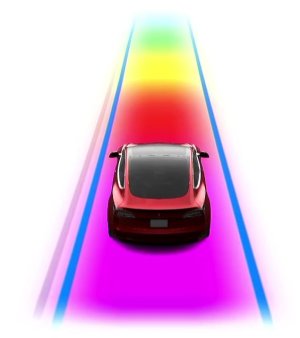Tesla’s ‘Project Halo’ Revealed: The Upgraded Model Ys Behind the Robotaxi Network

While the performance of FSD has been the star of the Robotaxi Network, new details are emerging about Tesla using modified Model Ys for the service. According to a report from Business Insider, the program to modify some vehicles for Robotaxi is known internally as “Project Halo”, and it involves more than just a newer FSD version.
These details help connect the dots between the subtle physical changes that have been spotted on the Robotaxi Model Ys.
Physical Clue: Expanded Rear Housing
Eagle-eyed observers in Austin were quick to spot a key physical difference on the Robotaxi fleet vehicles: a larger-than-normal housing on the rear window. This immediately sparked speculation that Tesla had integrated new components to support the Robotaxi rollout. We initially expected that these may have been minor changes like Tesla is known to roll out, but now we have a better idea of what exactly is under that new housing.
Halo Communications Unit
According to the insider source, Tesla’s Halo vehicles are equipped with a second telecommunications unit. That’s a significant change from customer vehicles, which are equipped with just a single unit near the roof of the vehicle.
According to the report, this unit serves a dual purpose. It provides redundant, high-precision GPS data, and most importantly, allows the vehicle to maintain a constant, reliable connection with Tesla’s Robotaxi support team. That includes connectivity for teleoperation, if necessary. This hardware may be the physical backbone for the human assistance portion of the pilot phases of Robotaxi.
As we saw in the command center image shared by Ashok Elluswamy, these vehicles are streaming video from six cameras, potentially putting too much of a strain on the vehicle’s single cellular modem.
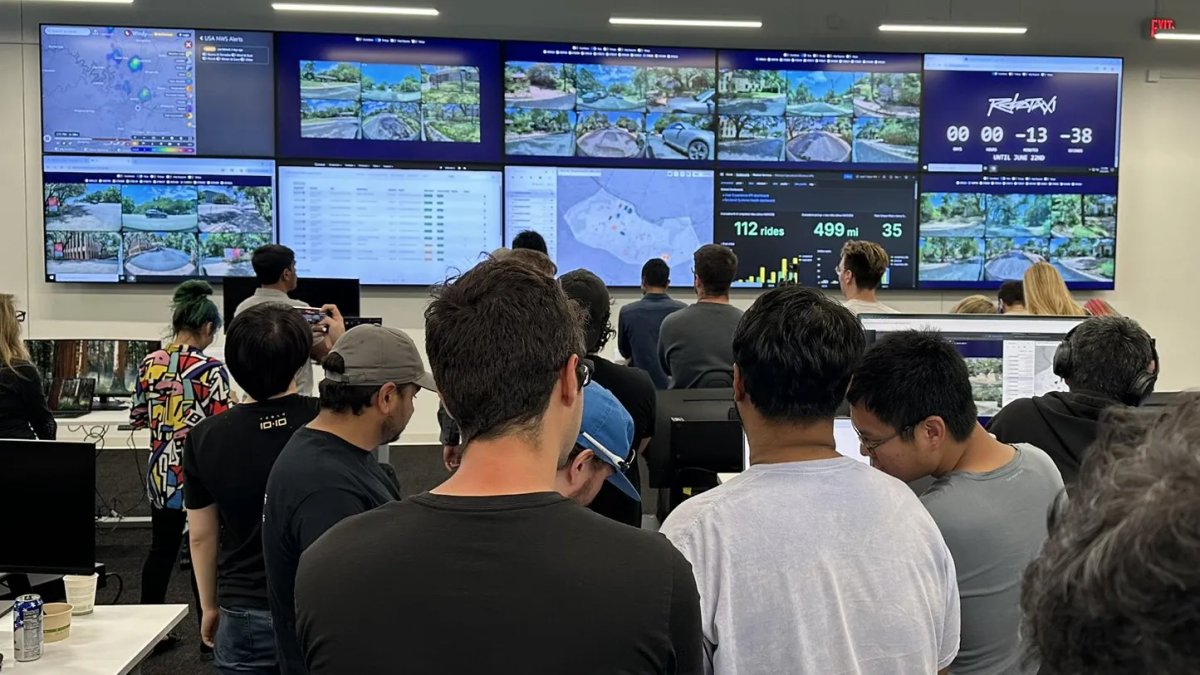
Probably Not Starlink
While we initially mused that this could be holding a Starlink Mini dish, the space taken up by the housing is far too small to permit the installation of a Mini. Instead, it is approximately the same size as the telematics control unit that Tesla installs in the ceiling of its newer vehicles, which include a 5G modem.
Tesla is likely using the second connection for redundancy or to increase data throughput.
Quickly Iterating on FSD
All that data throughput likely serves a third purpose as well - providing live data streaming for Tesla’s Robotaxi Operations Hub back at Gigafactory Texas. That isn’t necessarily for support teleoperations, as we previously mentioned.
It is likely that Tesla is pulling video data from the Robotaxis to quickly improve the current version of Unsupervised FSD. Early-access testers noticed that in just a day, Tesla was issuing improvements, which means data is moving from vehicle to training in a snap.
Yesterday robotaxi would get like an inch away from this wall (first video) while pulling up. I saw 4 different Robotaxis do it.
— Dirty Tesla (@DirtyTesLa) June 24, 2025
Today it seems fixed. I've seen 2 robotaxis. Is Tesla really changing things this quickly? pic.twitter.com/zfdchBL771
But Elon Said!
Well before the launch, Elon said that the vehicles used for Robotaxi would be unmodified vehicles coming straight from the factory. It seems that isn’t exactly true, but it could be in the future.
So, how can we reconcile the unmodified statement with the clear evidence of Project Halo hardware? The key here lies in the difference between a stock Tesla’s FSD capabilities, versus the operational hardware required to run a commercial Robotaxi service.
Elon’s entire point is that the fundamental FSD hardware — the cameras, sensors, and FSD computer — is standard on every car coming off the line. From a capability standpoint, a consumer car can perform Unsupervised FSD.
The second communications unit is best understood as service hardware. They don’t make the car drive better, but they provide the redundant connectivity needed for operational oversight, remote assistance, and the massive data uploads required for a pilot program.
This hardware may also be necessary for Tesla to meet regulatory compliance requirements for a commercial autonomous vehicle service for the foreseeable future.
These are unmodified Tesla cars coming straight from the factory, meaning that every Tesla coming out of our factories is capable of unsupervised self-driving! https://t.co/n94ln0Uas6
— Elon Musk (@elonmusk) June 10, 2025
Camera Cleaning
The Business Insider report also mentioned that Halo vehicles would have self-cleaning cameras. That isn’t a new hardware feature; in fact, it appears to refer to the software feature where Robotaxis can thoroughly clean its front-facing cameras [video and details], which will eventually make its way to owner vehicles.
Wrapping Up
The insider confirmation of Project Halo and its specialized hardware helps to provide a clearer picture of exactly what Tesla is doing with Robotaxi. It seems that for now, it’s not simply just consumer cars running advanced hardware, it’s a fleet of very lightly purpose-modified vehicles meant to support the pilot rollout.











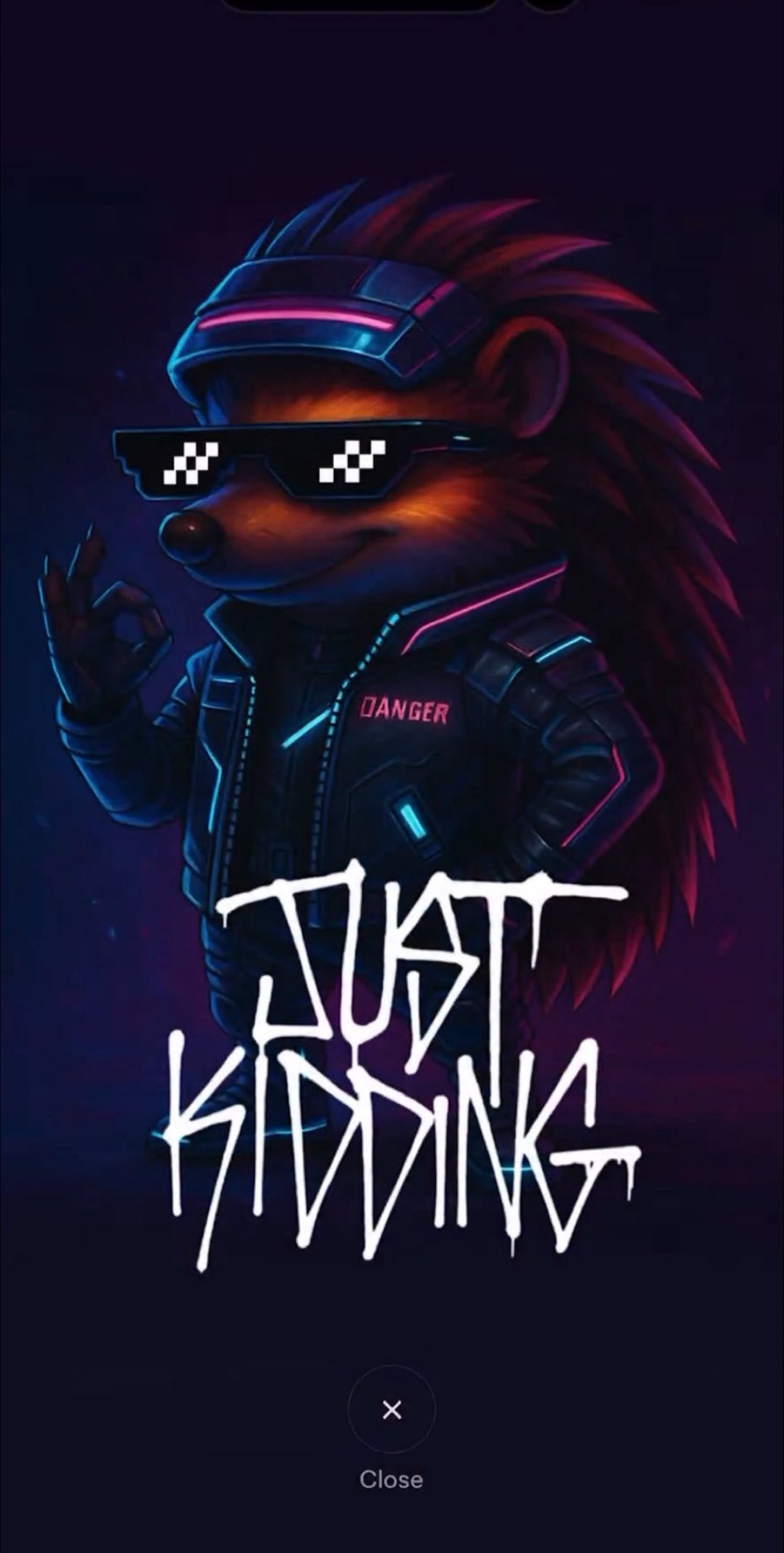

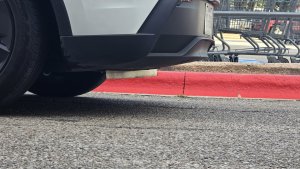

![First Recorded Tesla Robotaxi Intervention: UPS Truck Encounter [VIDEO]](https://www.notateslaapp.com/img/containers/article_images/2025/robotaxi_model_y.jpg/3036d8b53214c2d071c978c42911e451/robotaxi_model_y.jpg)
![First Look at Tesla's Robotaxi App and Its Features [PHOTOS]](https://www.notateslaapp.com/img/containers/article_images/tesla-app/robotaxi-app/robotaxi-app-tips.webp/e643a61975bf712d18dc9aa9a48fdb01/robotaxi-app-tips.jpg)
![Tesla’s New Camera Cleaning Feature and the Future of Cleaning Robotaxis [VIDEO]](https://www.notateslaapp.com/img/containers/article_images/2024/windshield-rain-droplets.jpg/8335f3020509dab3cdb56c1a91d054a9/windshield-rain-droplets.jpg)
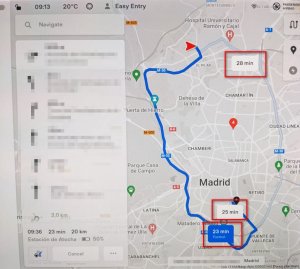
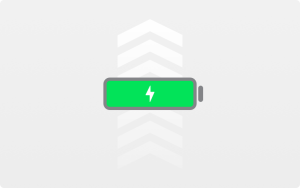
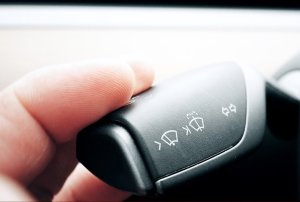
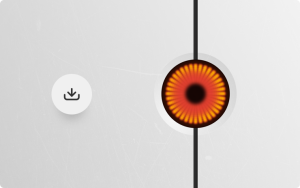
![Tesla Launches Robotaxi: Features, Robotaxi App, Command Center and First Impressions [VIDEO]](https://www.notateslaapp.com/img/containers/article_images/2025/robotaxi_rear_screen.jpg/bf5ea088bdebda8ca7e0aa1503b69f4e/robotaxi_rear_screen.jpg)
